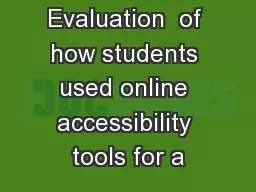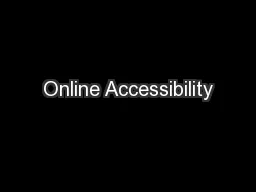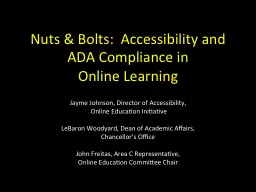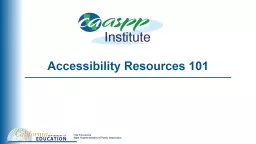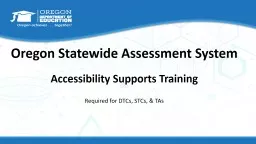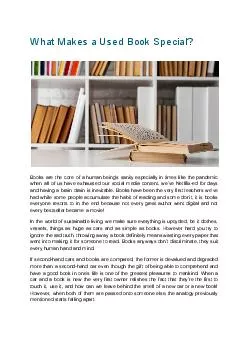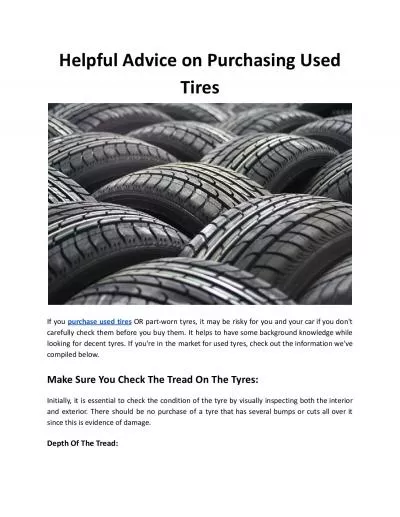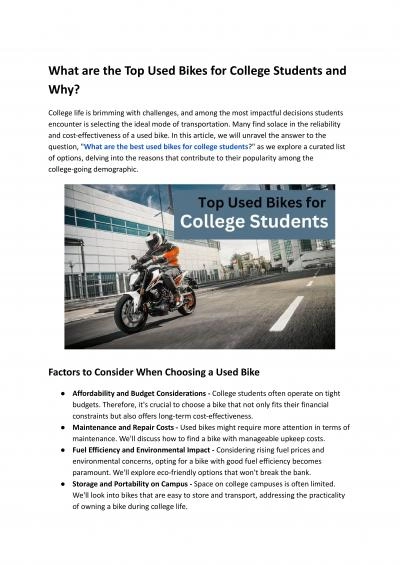PPT-Evaluation of how students used online accessibility tools for a
Author : phoebe-click | Published Date : 2018-09-26
summative assessment Nathan L Wall Anne H Davidson CCSSO National Conference on Student Assessment Annual Meeting Austin TX 2017 Background amp Purpose Test platforms
Presentation Embed Code
Download Presentation
Download Presentation The PPT/PDF document "Evaluation of how students used online ..." is the property of its rightful owner. Permission is granted to download and print the materials on this website for personal, non-commercial use only, and to display it on your personal computer provided you do not modify the materials and that you retain all copyright notices contained in the materials. By downloading content from our website, you accept the terms of this agreement.
Evaluation of how students used online accessibility tools for a: Transcript
Download Rules Of Document
"Evaluation of how students used online accessibility tools for a"The content belongs to its owner. You may download and print it for personal use, without modification, and keep all copyright notices. By downloading, you agree to these terms.
Related Documents

